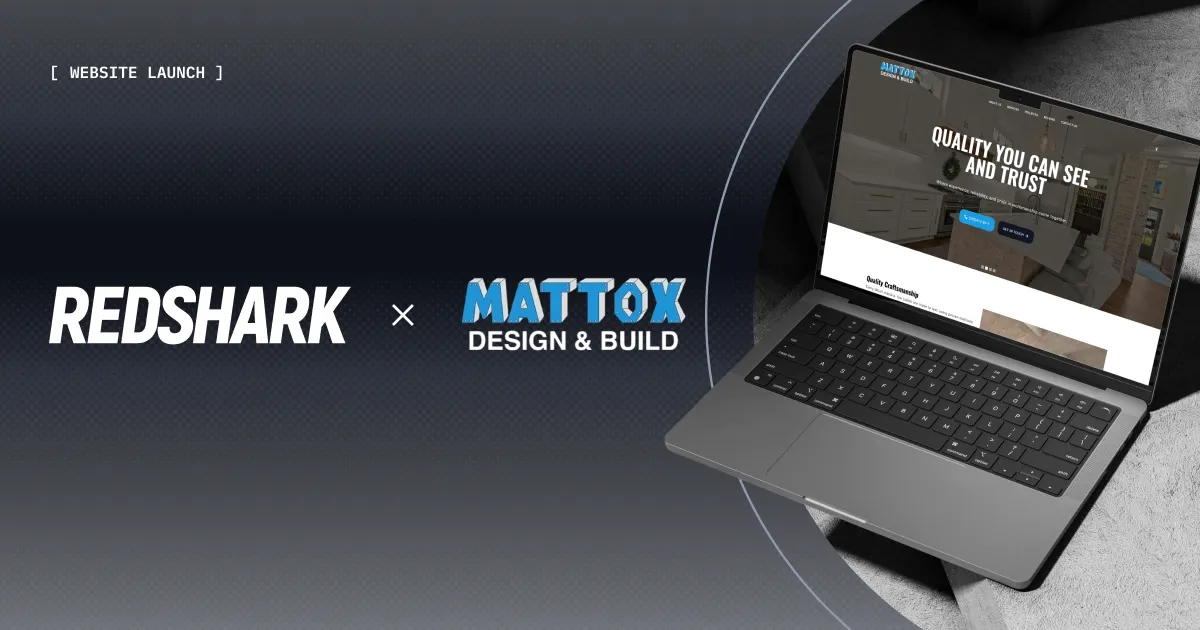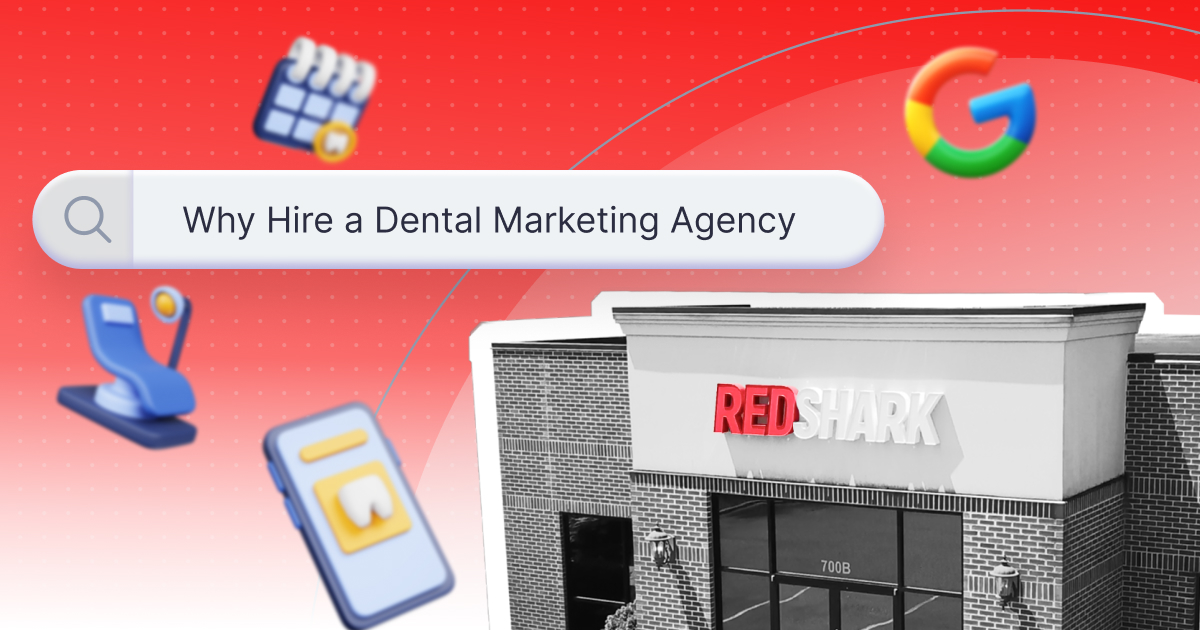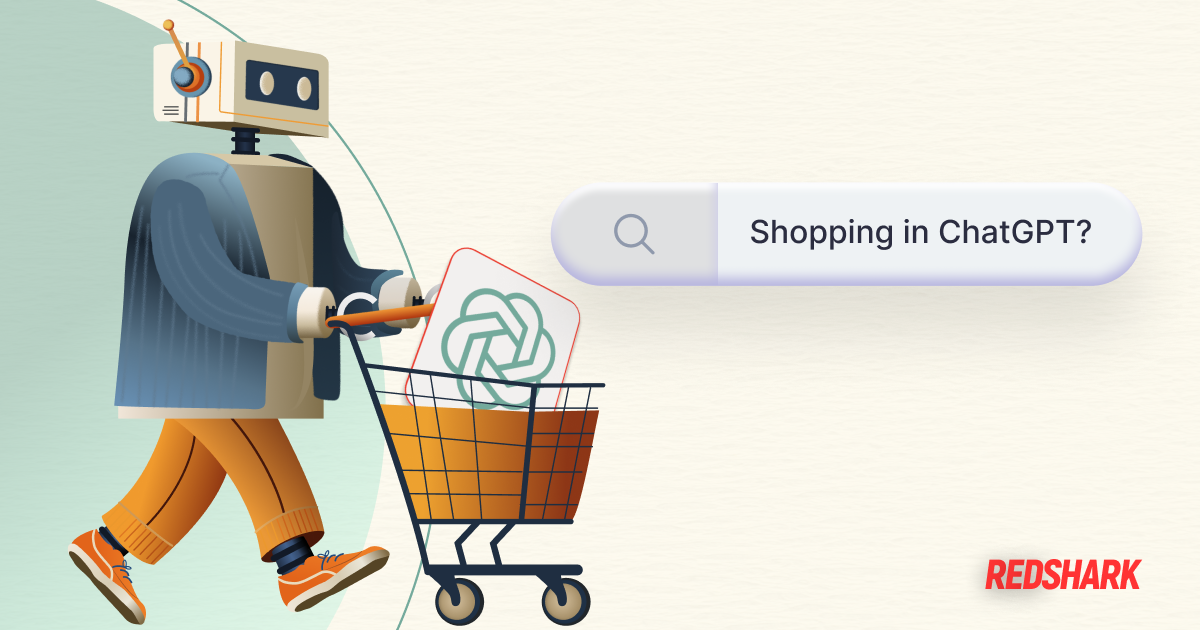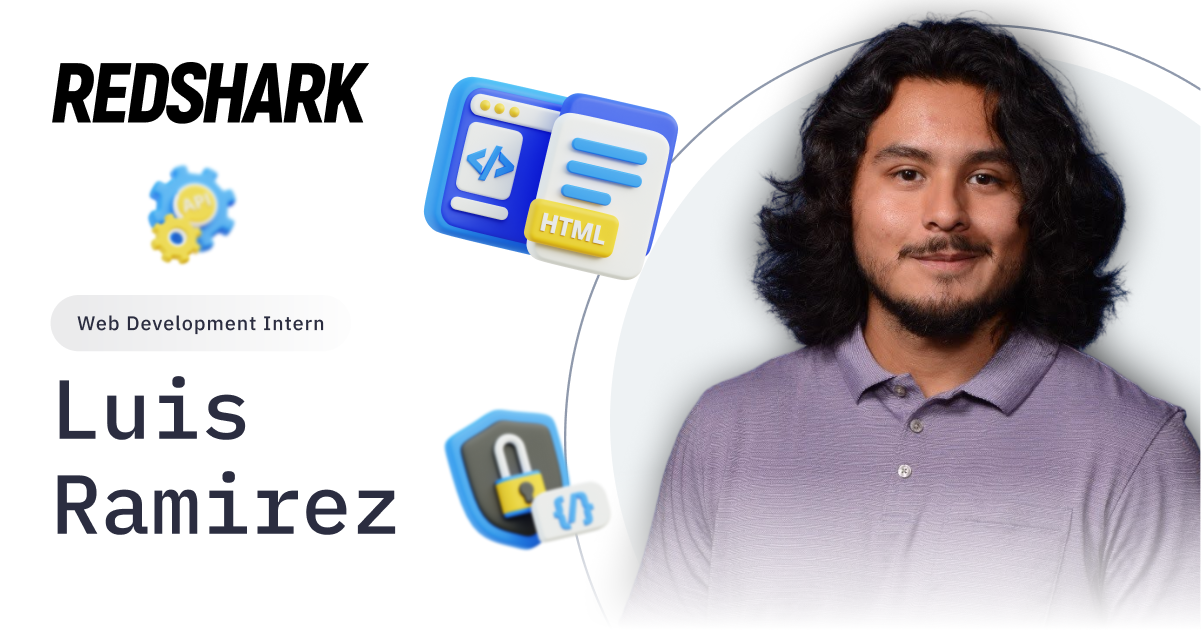
5 Web Design Trends We Hate
5 Web Design Trends We Hate
Featured & Recent Articles
5 Web Design Trends We Hate

Web design, just like any other form of art, develops and changes over time acquiring trends. Some trends stick and become staples of the design universe, while others tend to overstay their welcome and we can’t get rid of them fast enough. Today we are going to cover five web design trends we hate.
Carousels and Sliders
This may be a bold stance, especially to start out with, but I personally am not a fan of carousels and sliders. The reason being, I don’t think they convert. Again, it's a bold stance, because I know a majority of sites out there have hero sections filled with carousels and sliders, and a lot of these sites are large companies that have been successful online. However, are people really clicking through? Yes, it’s a good way to display a lot of important information in a real estate friendly zone. But does it really convert? From my experience users tend to view the first slider and then scroll on to look for more information. Users totally bypass your other sliders with the important information. Or in the case of auto sliders, users are distracted and totally miss the other information laid out on your site. My suggestion for this would be to narrow down your message and focus your strategy into a hero section with a clear CTA that converts.
Overused Parallax
Parallax refers to the use of different background image movement speeds to create the illusion of depth. It’s a neat effect that can really knock your socks off when you see it for the first time. So, where did it go wrong? Parallax has grown tremendously in popularity within the past 10 or so years. With the growth in popularity came to need to add the feature in just about every web design template out there. Parallax was made was easy to achieve, and therefore it got abused heavily. It can make scrolling on some sites disorienting and even cut down on the functionality. Like, we get it… your site has depth.
Too Many Fonts
Ever visit a site and been confused as if you were looking at a website or starting an eye exam. Then you may have just stumbled onto a site that has gone font crazy. Using fonts as a design element has been a trend for ages and is a large part of the web design realm we know and love today. The fact is, fonts are important in creating the feel for your site. Don’t believe me? Check out https://fonty.dizoo.bg/ This site allows you to change fonts on active sites and by using it you will hopefully realize the importance of fonts used on a site. The point where people tend to mess up is incorporating too many fonts. It tends to make the site very confusing and difficult to read. Remember, you want your site to be clear and easily understood by a user. A good range to stick to is using 2-3 fonts within a web design. Another factor to consider when choosing fonts is to make sure those fonts work together. If you are going for a clean, sleek look make sure the 2-3 fonts you select the match that feel.
Abundant Animation
Animations are no stranger to the web design world. They add movement to your site and make it fun. Animations can take your static site and make it something that's able to interact with the user. The downside of animations starts to appear when there is an absolute abundance of it. When not done improperly they can be slow, unnecessary, and distracting and ultimately drive your users to sensory overload! Don’t make your users anxiously wonder where the next animation will pop up while scrolling through your site. I
Pop-Ups
Speaking of pop-ups, that leads us to the last design trend we hate: Aggressive Pop-Ups. Google has done a lot to monitor pop-ups, especially in the mobile realm. However pop-ups are still easily found on desktops, and quite honestly a lot of these pop-ups can be quite aggressive and persistent. We just got to your site and no, we don’t want to subscribe to your newsletter already.
Honorable Mention: Passive Aggressive Pop-Ups
I couldn't resist myself here. When talking about pop-ups I can’t go on without mentioning my dislike for those passive aggressive pop-ups. You know the ones I’m talking about. The pop-ups that passively condemn you for not participating in a monthly newsletter. The pop-ups that don’t offer a simple “yes” or “no” to your offer but instead provide options like “Of Course!” And “No thanks I’d rather stay uninformed…”. Though they may just be a chance to poke a little fun some users, like me, find them to be mildly irritating. End Rant.
Summing It Up
So, there it is, the five design trends we hate. The main point of this blog wasn’t to completely steer you away from using these design elements. Well, maybe those passive aggressive pop-ups… Yea, they can go die in the UI design graveyard. The main point to pull from all of this is that it's all about moderation folks, moderation! The design practices above can easily be overused. However, when used sparingly and tactfully they can be a great addition to your site and make it aesthetically pleasing to your user. As always, if you need help with your site, have any design questions, or feel like ranting about design trends you hate contact Red Shark Digital today!














.png)




.png)
.jpg)





